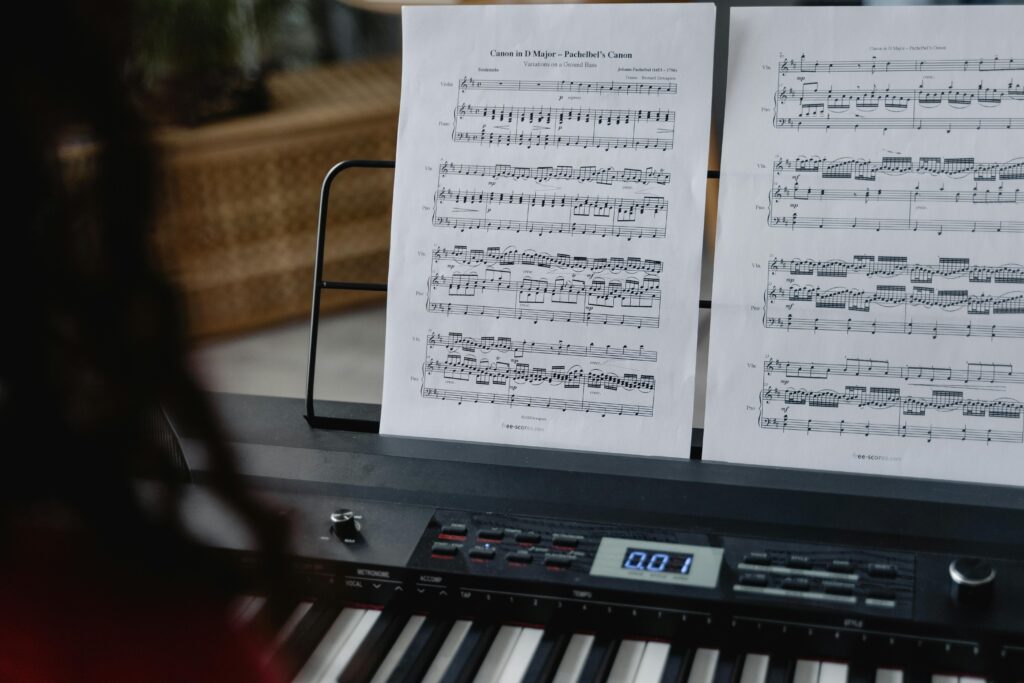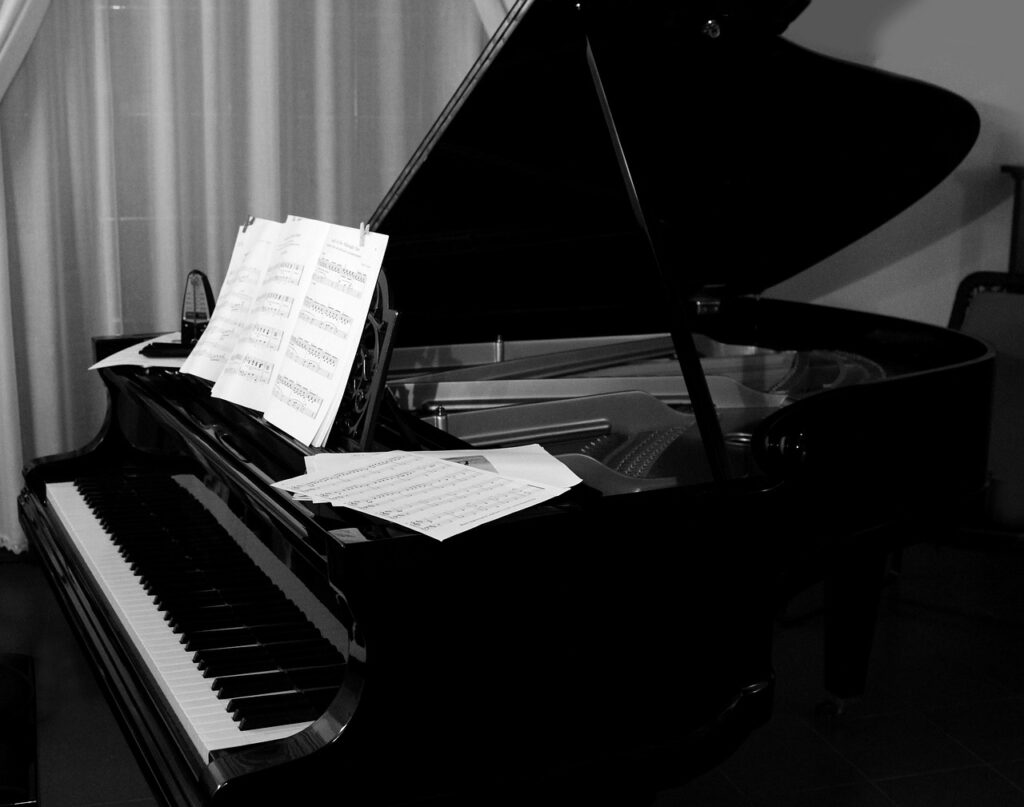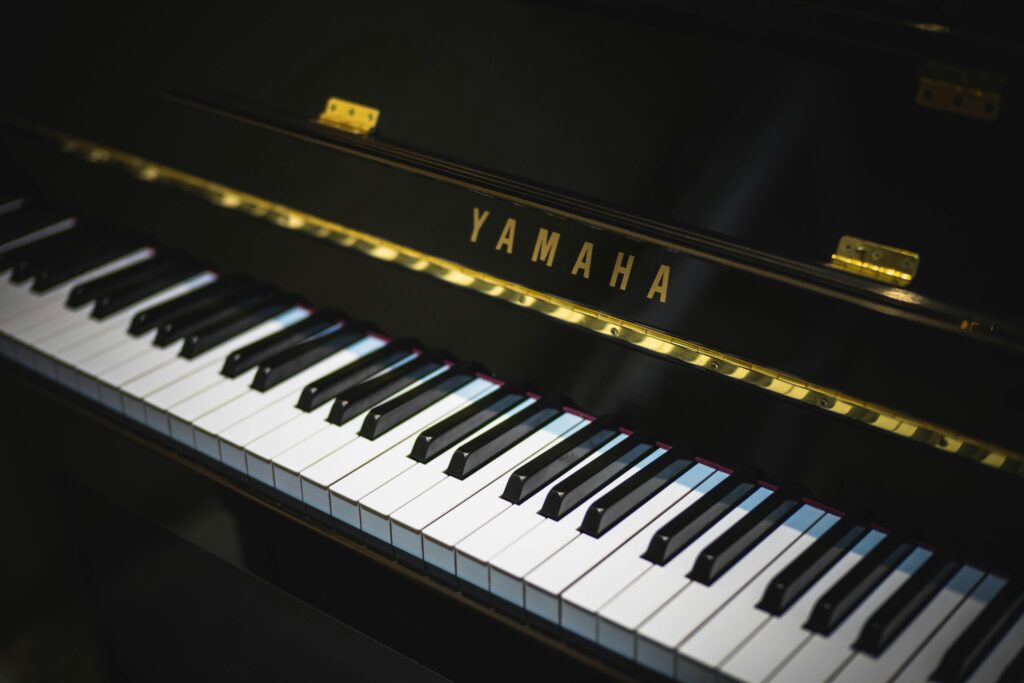The question of whether it’s necessary to read sheet music to learn piano often generates strong opinions among students and musicians alike. Some see it as an essential pillar of musical education, while others advocate for more intuitive, ear-based methods. The reality is that both paths offer benefits—and challenges—and the best route depends on your personal goals.
In this article, we explore the value of learning to read sheet music, as well as the possibilities that open up when you choose a more instinctive approach to learning piano.
Advantages of Reading Sheet Music
1. Access to a Vast and Structured Repertoire
Reading sheet music gives you direct access to centuries of piano literature across all genres and styles. It allows you to explore original works by composers from the Baroque, Classical, Romantic, and Contemporary periods, as well as transcriptions and adaptations of popular music. This means your progress isn’t limited to what you can figure out by ear—you can continuously expand your repertoire in a deliberate, structured way. Moreover, you’ll be able to read new pieces independently, without relying on someone else’s interpretation.
2. Clarity of Interpretation and Artistic Intent
Sheet music is a form of musical communication between the composer and performer. When you learn to read it fluently, you gain insight into the composer’s precise intentions—such as phrasing, dynamics, tempo changes, and articulations. This information allows for a more faithful and nuanced interpretation. It also fosters a mindset of discipline and respect toward the music itself, cultivating interpretive awareness and artistic integrity in your playing.
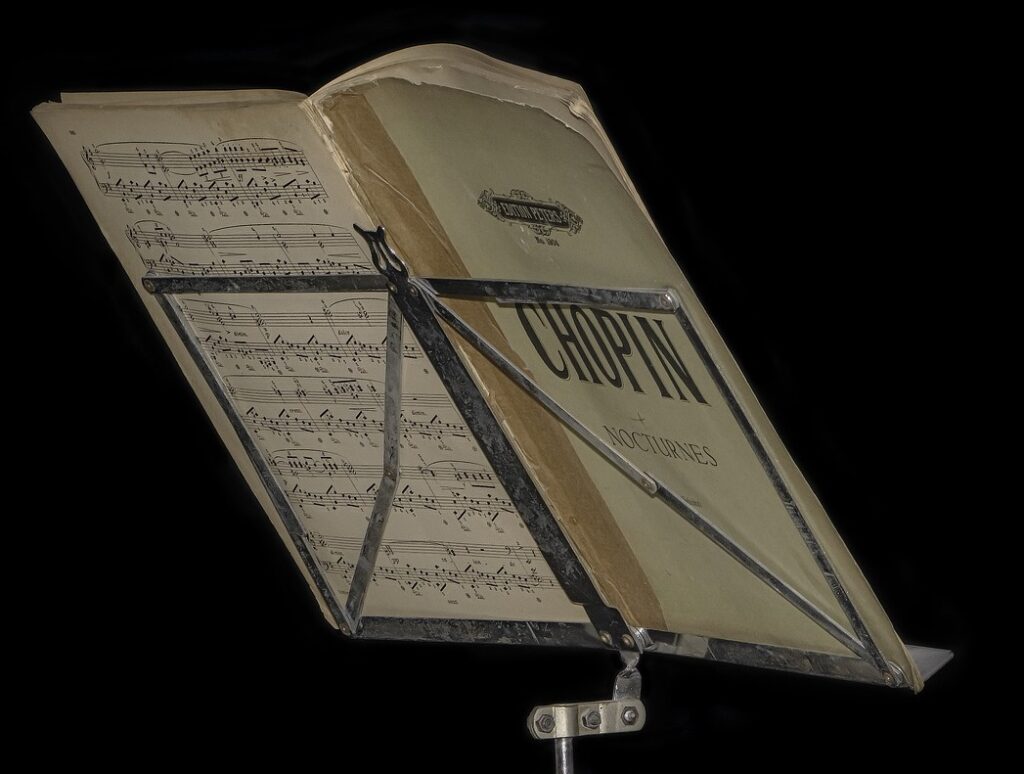
3. Progressive Skill Development
Sight-reading is a complex process that integrates visual recognition, motor coordination, rhythmic precision, and auditory feedback. Learning to read music enhances your concentration, memory, reaction time, and problem-solving abilities. As you progress, your ability to tackle increasingly complex pieces improves, giving you access to advanced musical forms such as fugues, polyrhythms, and counterpoint. These are often impossible to approach without the framework that notation provides.
4. Seamless Collaboration with Other Musicians
In any formal or informal group setting—be it an ensemble, duet, choir, or orchestra—sheet music acts as a shared point of reference. It ensures that everyone is working from the same musical map, allowing for more accurate rehearsals and performances. Reading music fluently also means you can quickly adapt to new scores, transpose when needed, or substitute parts—all of which are essential skills in collaborative and professional contexts.
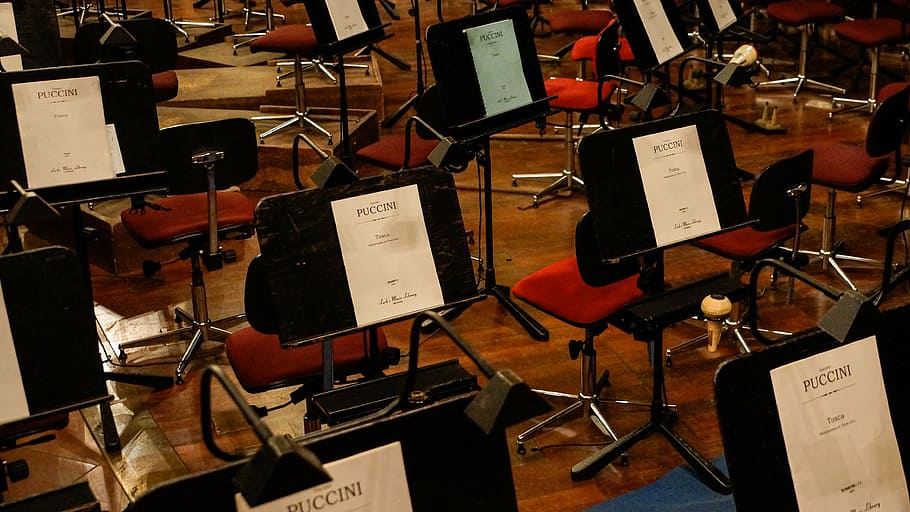
5. Empowerment in Composition and Arrangement
Understanding how to read music naturally leads to a better grasp of musical structure and logic. This is essential if you’re interested in writing your own music or arranging existing works. Even at a basic level, being able to notate your ideas helps solidify your understanding of harmony, rhythm, and form. It also allows you to preserve your musical thoughts and share them with others in a clear, standardized way.
Advantages of Not Reading Sheet Music
1. Direct Engagement with Sound and Emotion
When you play without relying on sheet music, your attention is focused more on sound, touch, and emotion than on visual cues. This encourages you to develop a more direct relationship with the piano itself—learning how it responds, how it feels, and how to shape its sound expressively in real time. This heightened sensitivity can foster a more intuitive and embodied style of playing.
2. Enhanced Auditory Sensitivity and Memory
Training without sheet music emphasizes the development of musical memory and ear skills. Over time, your capacity to recognize intervals, harmonic patterns, and rhythmic structures by ear becomes sharper. This form of learning enhances improvisation, transposition, and even the ability to replicate music after a single listen.
3. Greater Interpretive Freedom
Without sheet music as a guide, your ears become your primary tool. You begin to identify intervals, chord qualities, scales, and patterns by sound, rather than sight. This ear-based learning approach strengthens your listening abilities, internal musical memory, and your capacity to play back what you hear. In the long run, this empowers you to learn songs more quickly, recognize harmonic progressions, and improvise more confidently.
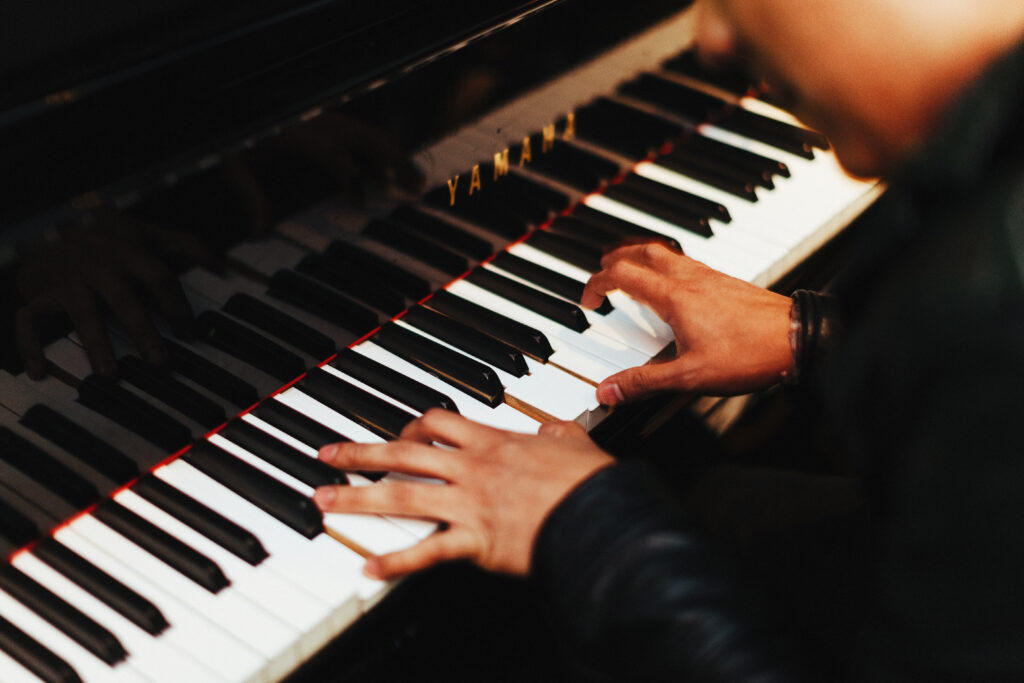
4. Lower Barriers to Entry and Quicker Rewards
One of the greatest advantages of not relying on written music is the creative freedom it allows. Without pre-set dynamics or markings, you’re encouraged to interpret music based on what you feel and hear in the moment. This can lead to performances that are deeply personal and emotionally resonant. You’re not reproducing someone else’s version—you’re expressing your own musical voice.
Conclusion: A Balanced Approach
The question isn’t whether one method is superior to the other—but rather, how each method serves your goals.
Reading sheet music offers structure, depth, and precision. It opens doors to formal music, professional collaboration, and technical mastery. On the other hand, playing by ear fosters creativity, intuition, and emotional connection. It invites you to explore music on your own terms.
The most complete pianists—whether amateur or professional—tend to integrate both. They read fluently, but they also listen, improvise, and explore. They can sit down with a score or simply close their eyes and play. In this integrated approach, theory and instinct, discipline and spontaneity coexist.
So, is it necessary to read sheet music to learn piano?
No. But is it incredibly useful? Absolutely.
Reading music gives you access to a larger world. Not reading music invites you to create your own. You don’t have to choose just one. You can learn to read while developing your ear. You can improvise while analyzing. You can follow a score—and break away from it.
What matters most is that your approach keeps you curious, expressive, and connected to the music you love.

